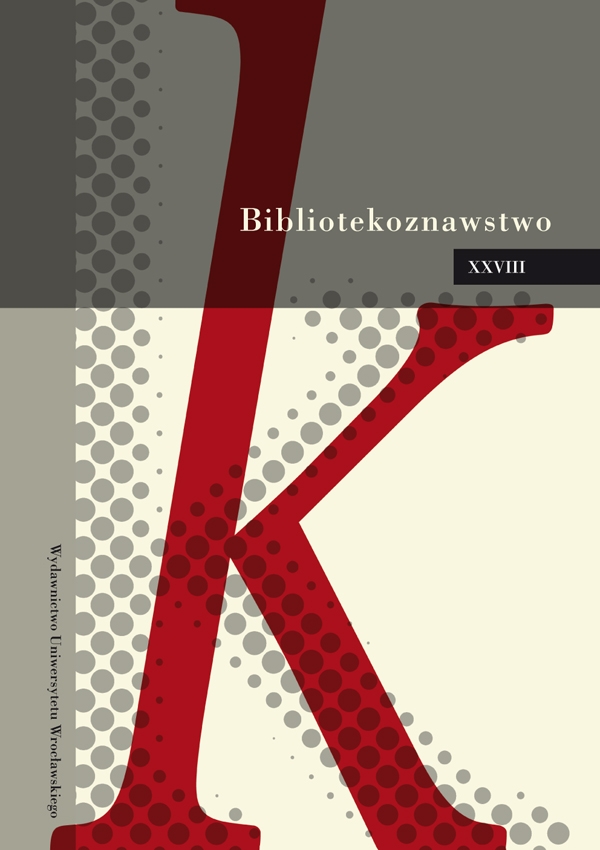Rekonstrukcja obrazu Wrocławia na podstawie zachowanych przekazów ikonograficznych z lat 1807–1916
Abstrakt
A Reconstruction of the Picture of Wrocław on the Basis of Surviving Iconographic Works from 1807–1916
Heinrich Mützel’s drawings from the late 1820s, transferred in the early 20th century to photogravure plates, provide detailed inventories of fragments of the Old Town, various buildings and architectural details. One of them, however, presents a half-Biedermeier, half-romantic view of the extraordinary Oława Białoskórnicza. The 1830s and 1840s, the heyday of Biedermeier, were portrayed mainly in Maximilian Grossmann’s coloured etchings, presenting a festive, a bit sugary picture of the city with streets full of dressed up burghers walking leisurely. The 1850s and 1860s were a period of romantic, picturesque houses on Oława Miejska or the internal moat filled in 1869. It was replaced by a unique group of small streets and alleys that became the subjects of numerous prints, drawings and photographs. The picture of garden-estates appearing after the boundaries of the city were expanded in 1928 and were preserved mainly in photographs that can be confronted with what these areas look like today. What is also worth mentioning is the artists’ interest in green areas, the so-called small architecture, in the majority of cases damaged beyond repair during the Second World War and in the following years. Some of the now non-existent buildings or architectural-park layouts are known only from the few photographs or drawings that survired eg Schottländers’ Palace in the Partynice district. A separate group comprises somewhat fantastic drawings that registered various fragments of the city with certain shifts or “corrections” made to all present elements within one space. This was the case of many views of the University Square including the Swordsman Fountain, not necessarily visible from a given spot in the picture 6 on page 112.

